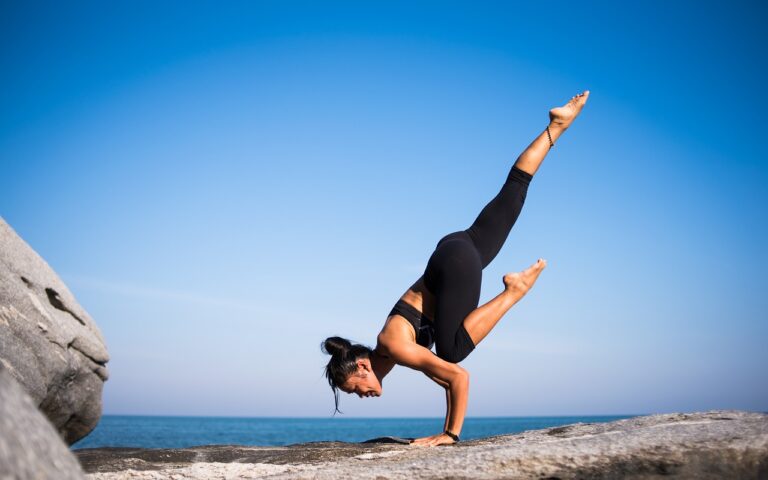Low Impact Exercise: Gentle Ways to Stay Fit & Pain-Free
Low impact exercise includes activities like walking, swimming, and cycling that keep one foot on the ground, minimizing joint stress while improving fitness. These workouts are ideal for injury recovery, arthritis, or anyone wanting a gentler way to stay active.
If you want to burn calories, boost your mood, and build endurance without pounding your joints, this guide covers everything—from the best exercises to sample routines.
Summary: Low impact doesn’t mean low results—these workouts protect joints while keeping you fit.
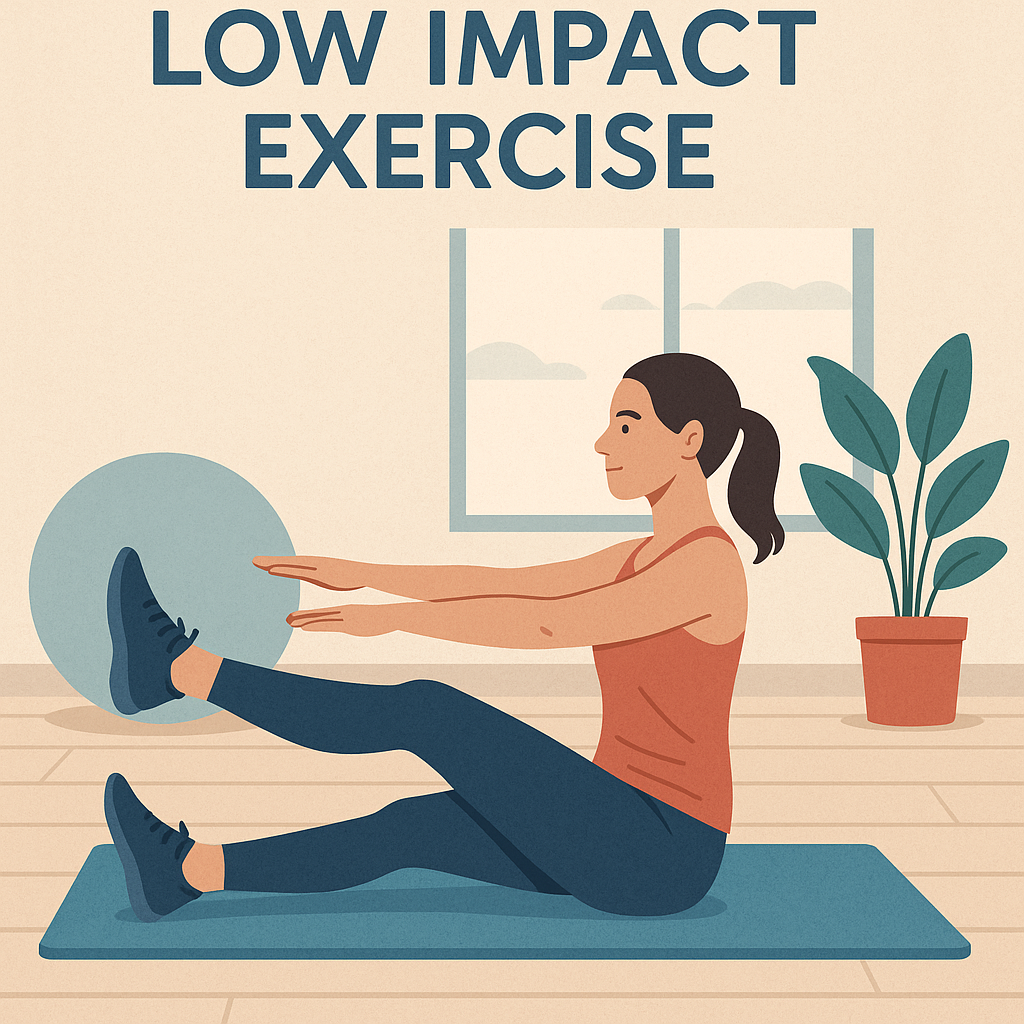
Why Low-Impact Exercise Matters
Easier on joints (great for arthritis or injury recovery)
Reduces injury risk (safer than high-impact workouts)
Improves heart health (lowers blood pressure)
Boosts mental health (reduces stress & anxiety)
Studies show low impact exercise can burn 200–500 calories/hour while being sustainable for the long term (Journal of Sports Science).
Summary: You don’t need to jump or run hard to see real health benefits.
7 Best Low Impact Exercises
| Exercise | Calories/Hour* | Best For |
|---|---|---|
| Walking | 200–300 | Beginners & joint health |
| Swimming | 400–600 | Full-body, zero impact |
| Cycling | 400–550 | Leg strength & cardio |
| Elliptical | 350–500 | Low-impact running alternative |
| Rowing | 500–700 | Total-body conditioning |
| Yoga | 200–400 | Flexibility & stress relief |
| Pilates | 250–450 | Core strength & posture |
*Based on a 155-lb person at moderate effort.
Summary: Mix and match these to keep workouts effective and enjoyable.
Can You Lose Weight with Low Impact Exercise?
Yes! Research proves:
Consistent movement matters more than intensity
Rowing & swimming burn comparable calories to running
Pair with strength training for best results
Pro Tip: Aim for 30+ minutes daily and monitor nutrition.
Low vs. High Impact: Which Is Right for You?
| Factor | Low Impact | High Impact |
|---|---|---|
| Joint Stress | Minimal | High |
| Calorie Burn | Moderate | Higher (short-term) |
| Best For | Injury recovery, seniors | Bone density, athletes |
| Examples | Walking, yoga | Running, jumping jacks |
Summary: Low impact is safer long-term; high impact builds bone density faster.
Sample Low Impact Workout Plan
Beginner (3x/week)
- Day 1: Brisk walk (30 mins) + stretching
- Day 2: Swimming (20 mins)
- Day 3: Chair yoga (25 mins)
Intermediate (4–5x/week)
- Day 1: Cycling (40 mins)
- Day 2: Pilates (30 mins)
- Day 3: Elliptical (25 mins)
- Day 4: Water aerobics (30 mins)
Advanced (HIIT-style)
- Rowing intervals (30 sec hard/1 min easy)
- Resistance band circuits
Summary: Progress slowly—even 10-minute sessions help!
Should You Exercise with Anxiety?
Absolutely! Low impact workouts:
Lower cortisol (stress hormone)
Release endorphins (natural mood boosters)
Improve sleep (critical for mental health)
Best options: Yoga, walking in nature, tai chi.
Best Exercise to Release Tension
- Yoga (combines movement & deep breathing)
- Swimming (weightlessness eases muscle tightness)
- Tai Chi (slow, meditative movements)
Summary: Gentle motion + mindfulness = maximum relaxation.
Final Thoughts: Fitness Without the Strain
Low impact exercise lets you stay active, lose weight, and reduce stress—all while protecting your joints. The best workout? One you’ll stick with long-term!
Which low impact exercise will you try first? Share below!
FAQs
Q: What is a low-impact exercise?
A: Activities like walking or swimming minimize joint stress by keeping one foot grounded.
Q: Can I lose weight with low-impact exercise?
A: Yes! Consistency matters most—rowing & swimming burn major calories.
Q: Should I exercise if I have anxiety?
A: Yes! Gentle workouts like yoga reduce stress hormones naturally.
Q: What is the best exercise to release tension?
A: Yoga, swimming, or tai chi—combining movement with mindfulness works best.
Your joints will thank you—start moving the smarter way today!
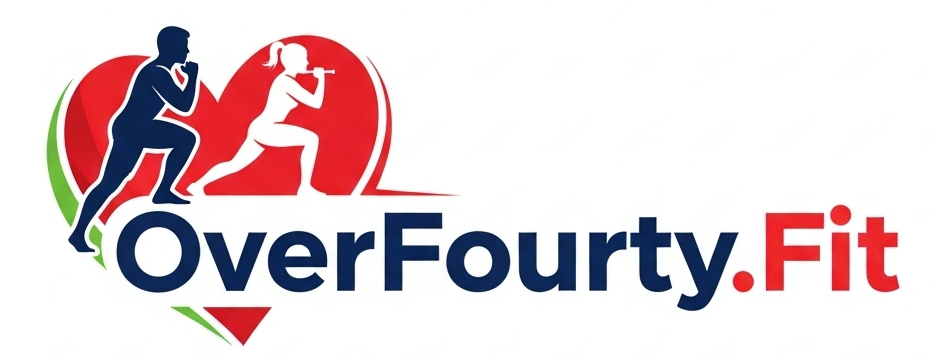
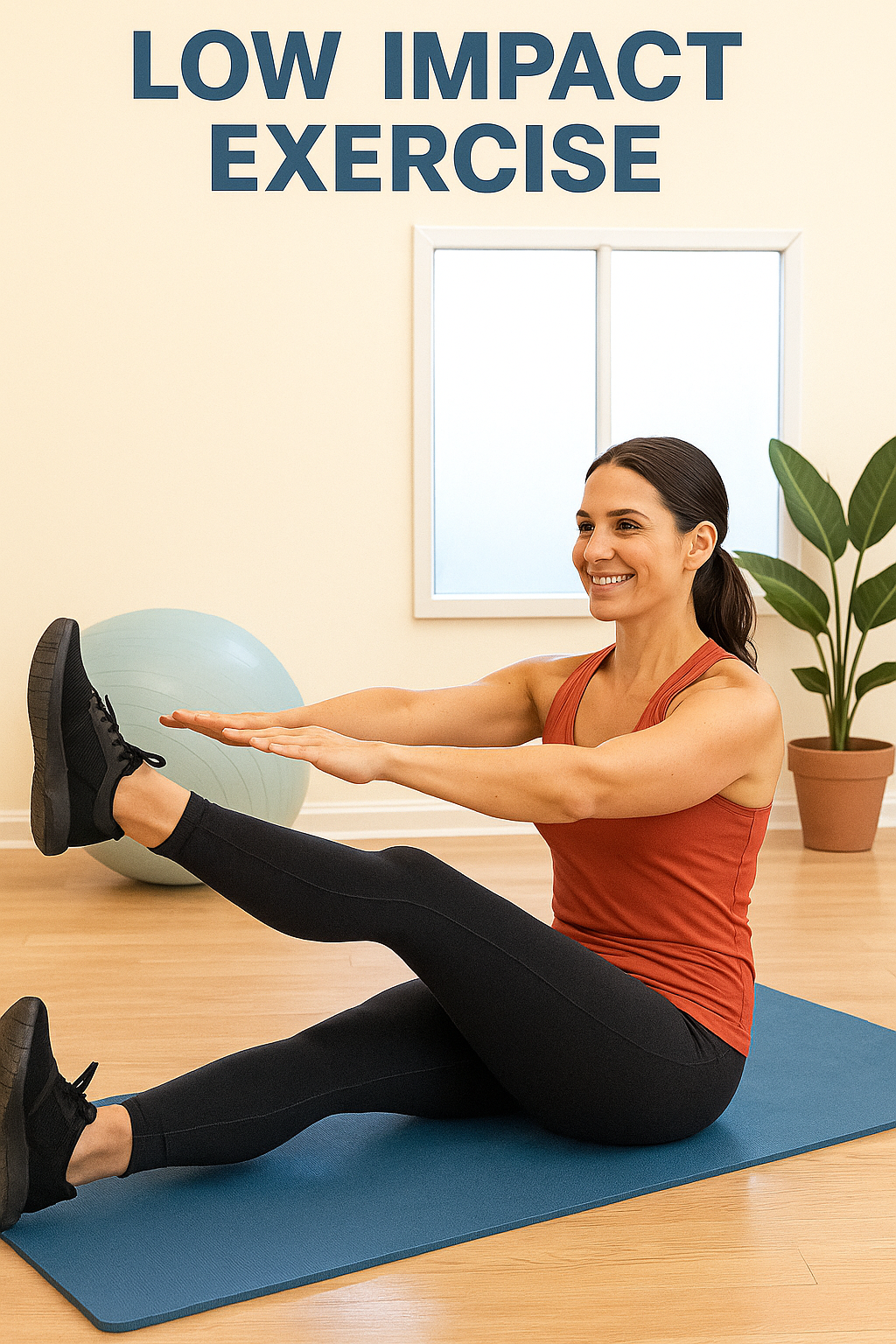
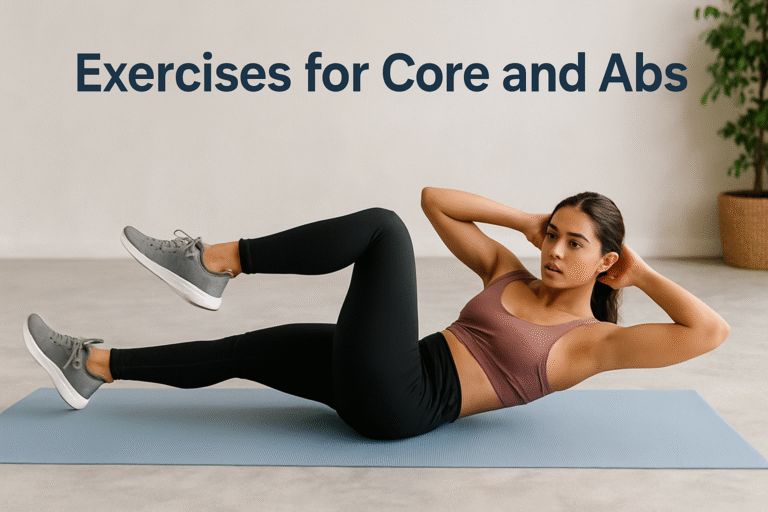

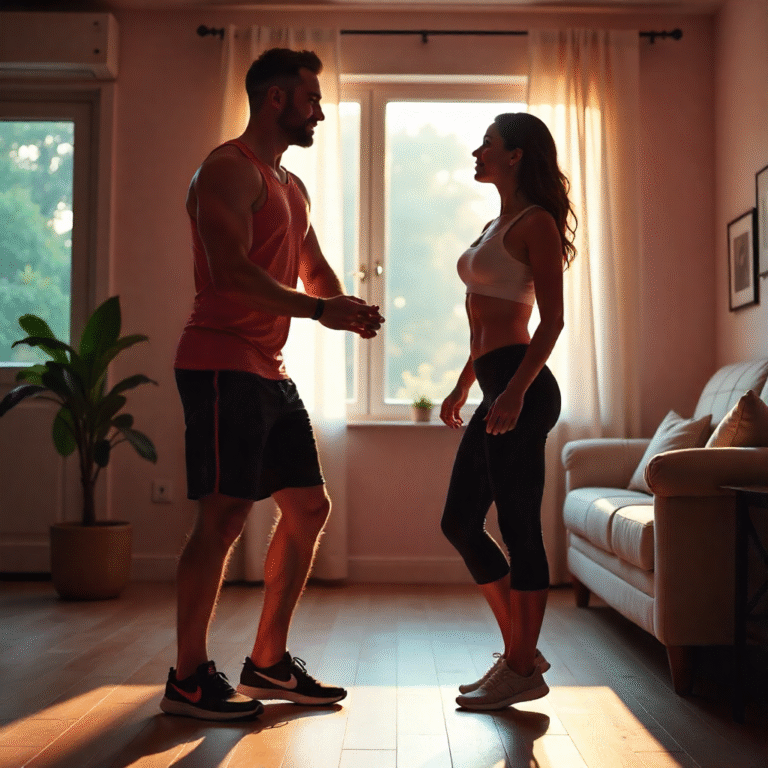
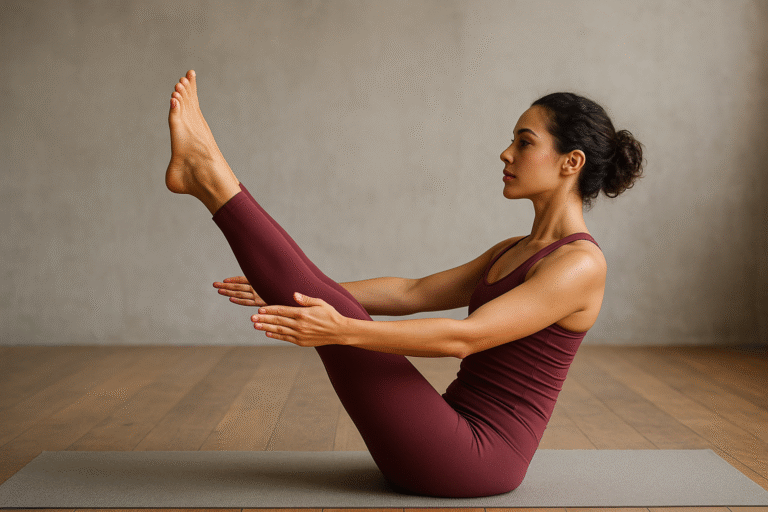
![EoS Fitness 2025: Best Gym Membership for [Arizona/Florida/Texas] 7 EoS Fitness](https://overfourty.fit/wp-content/uploads/2025/05/EoS-Fitness-1-768x512.jpg)
